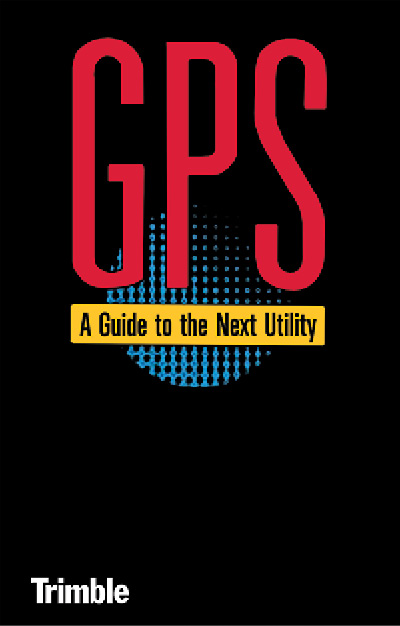
By Robert L. Green, PS | 06.20.2021
In the summer of 1978, I worked as a rodman/chainman for Boston Survey Consultant (now the BSC Group). My crew partnered with the engineering staff to conduct soil percolation tests for septic system design. At one point, our boss informed us he had just attended a meeting at our corporate office in Boston on the status of the GPS satellite constellation. Little was known about this technology as the first GPS satellite (NAVSTAR 1) had only been launched months earlier. He told us that within a few years you would be able to put a “magic black box” on the surface of the earth and obtain XYZ coordinates. As an 18-year-old kid, it was impossible for me to comprehend as we were in the process of locating the percolation test holes with a turn of the century K&E transit, a handheld magnifying glass to read the vernier, a Philly stadia rod for distance interpolation, and a machete for cutting line. As I reflect on this story, I realize how lucky I am to have witnessed all these measurement technology enhancements over the last four decades.
Entrepreneurs and innovators like Charlie Trimble, Javad Ashjaee and Dr. Benjamin Remondi (the father of GPS kinematic principals) capitalized on this technology. The cost for one GPS receiver when they hit the market in the late 1980s was about $100,000. Three GPS receivers, software and state-of-the-art computers were needed since most of the survey applications required GPS static survey methodology, creating a half million-dollar investment on equipment alone and resulting in only a handful of companies adopting this emerging technology. But those who did became pioneers and industry leaders.
To continue reading this article, click here.
To find out more about GPS, please contact us at (800) CALVADA or visit www.calvada.com.
Calvada proudly serves Corona and all surrounding areas.

